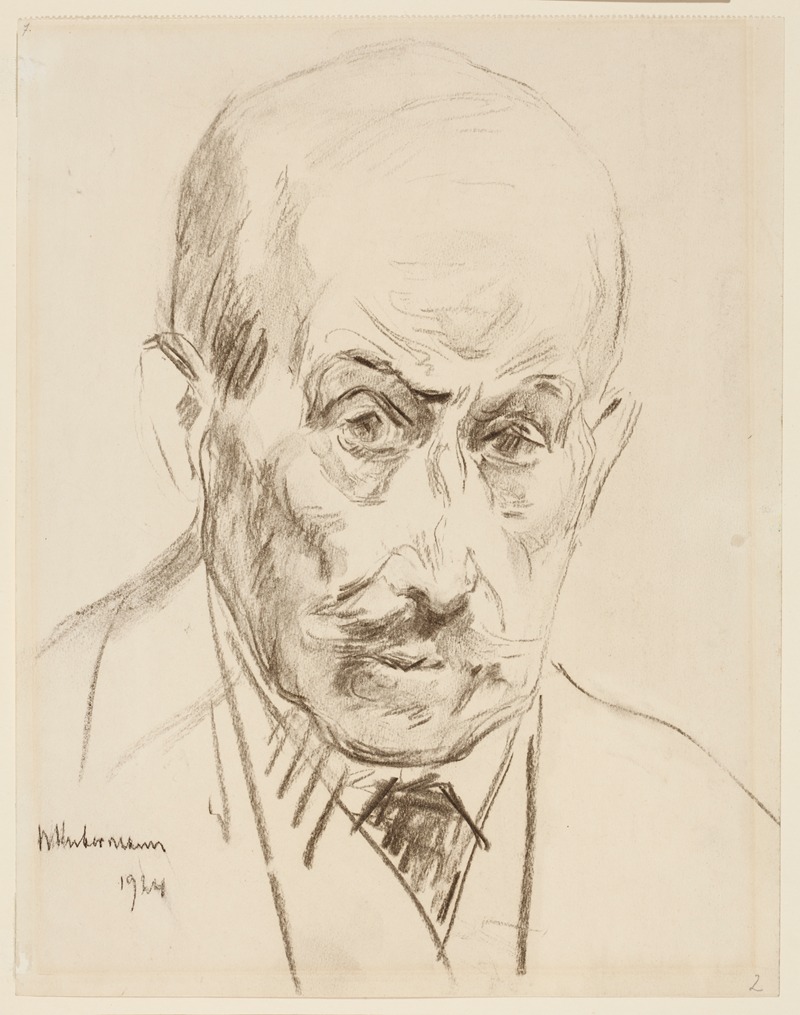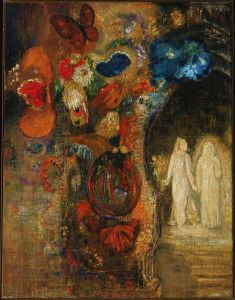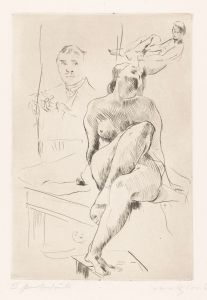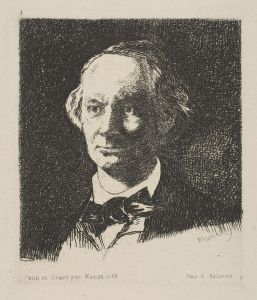
Self-portrait
A hand-painted replica of Max Liebermann’s masterpiece Self-portrait, meticulously crafted by professional artists to capture the true essence of the original. Each piece is created with museum-quality canvas and rare mineral pigments, carefully painted by experienced artists with delicate brushstrokes and rich, layered colors to perfectly recreate the texture of the original artwork. Unlike machine-printed reproductions, this hand-painted version brings the painting to life, infused with the artist’s emotions and skill in every stroke. Whether for personal collection or home decoration, it instantly elevates the artistic atmosphere of any space.
Max Liebermann was a prominent German painter and printmaker, associated with the Impressionist movement. He was one of the leading figures in the Berlin Secession, an art movement that sought to break away from traditional academic art and promote modernist approaches. Liebermann's work is characterized by its loose brushwork, vibrant use of color, and focus on everyday scenes and people.
One of Liebermann's notable works is his self-portrait, which reflects his mature style and artistic philosophy. While there are several self-portraits by Liebermann, each captures different aspects of his personality and artistic evolution. His self-portraits are not merely exercises in self-representation but are also reflections of the broader cultural and artistic shifts occurring during his lifetime.
Liebermann's self-portraits typically exhibit a keen attention to detail and a deep understanding of light and shadow, hallmarks of his Impressionist influence. In these works, he often presents himself in a straightforward manner, eschewing the dramatic or romanticized depictions common in earlier portraiture. This approach aligns with his broader artistic ethos, which emphasized realism and the depiction of contemporary life.
In his self-portraits, Liebermann often appears in a contemplative pose, with a direct gaze that engages the viewer. This directness can be interpreted as a reflection of his confidence and self-awareness as an artist. The backgrounds in these portraits are usually simple and unobtrusive, allowing the focus to remain on the artist himself. This simplicity also underscores Liebermann's belief in the importance of the subject over the setting.
The color palette in Liebermann's self-portraits is typically subdued, with a preference for earthy tones and subtle contrasts. This choice of colors not only reflects the naturalistic tendencies of Impressionism but also serves to highlight the textures and forms within the painting. Liebermann's skillful use of light and shadow adds depth and dimension to his self-portraits, creating a sense of realism and immediacy.
Liebermann's self-portraits are also significant for their historical context. As a Jewish artist working in Germany during a time of increasing anti-Semitism, Liebermann's work, including his self-portraits, can be seen as acts of self-assertion and resilience. Despite facing discrimination and eventual ostracism during the Nazi regime, Liebermann continued to produce art that reflected his commitment to realism and modernism.
In summary, Max Liebermann's self-portraits are important works that encapsulate his artistic style and personal philosophy. They offer insight into his approach to art, characterized by a focus on realism, a subtle use of color, and an emphasis on the subject. These works also serve as historical documents, reflecting the challenges and triumphs of an artist navigating the complexities of early 20th-century Germany. Through his self-portraits, Liebermann not only depicted himself but also contributed to the broader narrative of modern art.


















